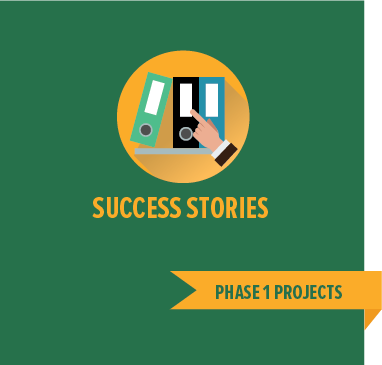| Getting your Trinity Audio player ready... |
Preamble
With a rapidly growing human population, the demand for animal and plant protein has radically increased, creating pressure on the food value chain in the face of depleting land and water resources. An estimated 827 million people in developing regions, most of them in Africa, suffer undernourishment. The situation is expected to worsen unless efforts are made to reverse food and nutrition security. Protein-rich edible insects are increasingly being viewed as viable and sustainable alternatives to animal and plant proteins for improved food and nutritional security, and they already supplement the diets of more than 2 billion people worldwide. In East Africa, the most consumed insects include crickets, grasshoppers, locusts, and termites, all of which are highly nutritious and easily accessible. However, consumption relies on wild harvesting, meaning demand far outweighs supply, and handling is generally unhygienic. The few good quality packaged insect food products available on the market are costly due to the seasonality and unpredictability of wild harvest.
Technology
This project aims to fine-tune rearing techniques of the longhorn grasshopper and house/field crickets, adapt these techniques to farmer field conditions, and scale up the technology to ensure year-round market supply for safe production and packaging. Resulting products can either be whole insects, or powders to enrich other foods and flours. Two private company collaborators are already commercializing fortified cookies and infant porridge flour.
Project partners
- Makerere University (MAK), Uganda
- International Centre of Insect Physiology and Ecology (icipe), Kenya
- Agrarian Systems Limited, Uganda
- Treasure Industries Limited (TIL), Kenya
Project leader
Dr Dorothy Nakimbugwe – Makerere University (MAK), Uganda


